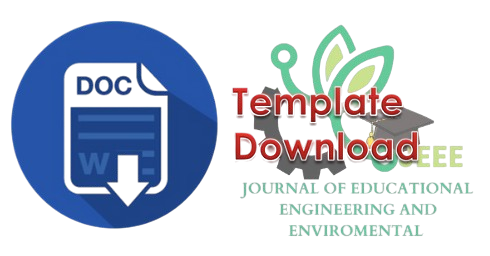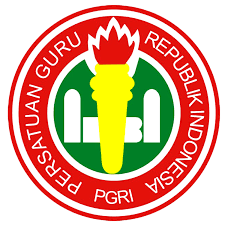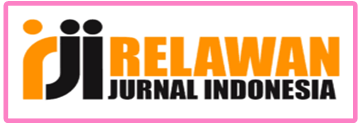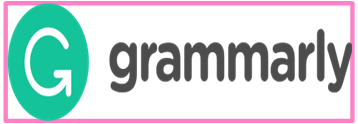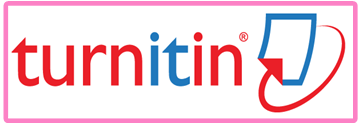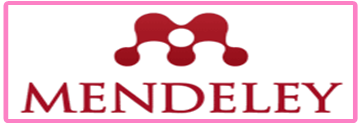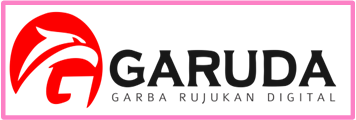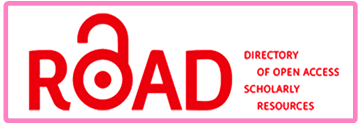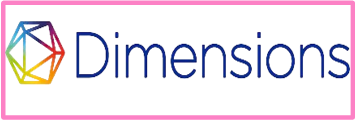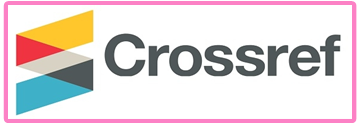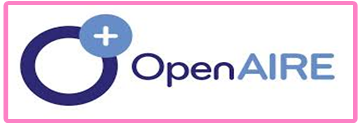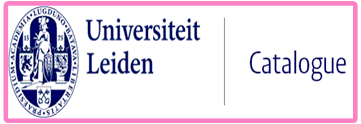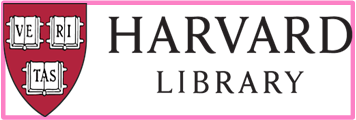Author Guidelines
Article Writing Instructions (JEEE) Journal of Educational Engineering and Environment.
Articles to be published in the (JEEE) Journal of Educational Engineering and Environment must meet the following conditions:
Article Title
The title of the article is capitalized in each word and does not exceed 14 words. The writing of the title is not recommended in the form of a question.
Name and affiliation of the author
The name of the author and affiliate should be clearly written under the title can be seen on the JEEE TEMPLATE. If the author is more than 1 then the correspondence of the article is only done for the first author by including the email address in the city section of the author's correspondence. The author's affiliation is written in full in the form of the author's agency and address. For authors over 1 and having different affiliations then all affiliates should be written in order.
Abstract
Abstracts are written in English English Abstracts and Indonesian both must be written if the author writes the script in Indonesian. Abstract consists of a maximum of 200 words. Do not change the writing format provided.
Outline Manuscript
In general, articles published in the Journal of Urban Development / JPK contain 6 parts (in addition to abstracts), namely: (1) Introduction, (2) Situation Analysis, (3) Solutions and Outputs, (4) Activity Methods, (5) Conclusions, and Acknowledgments and References. Each of the sections will be described in more detail as follows:
Introduction. Contains background and review of previous research, hypotheses (if any), and research objectives. The introduction must be able to show the gaps and existence of science that describes the quality, significance, and novelty of an idea.
Method. This chapter (for research articles) describes the design and research methods clearly and concisely written with reference to its literature. The methods section should describe the design, population, selection of research subjects or samples, data collection methods and instruments used, and methods of data analysis. The explanation of the method should be brief and clear that allows other researchers to repeat. If the method (including statistical analysis) used is new or not yet widely used, then it should be written with reference to the library.
Results and Discussion. In the results section, the author must review the interpretation of each form of the result, both in the form of tables and images. Narrative interpretation explains the meaning of the data and not the repetition of the contents of an image or figure. This chapter (for research articles or case reports) may contain a maximum of 6 tables and or images/graphs. Each table is numbered and a brief title according to the order in the manuscript, and each column is assigned a short subtitle. The title of the table and the figure should be able to describe its contents.
Conclusion. This section should clearly state the main conclusions of the study and provide a complete explanation of the significance of this study and releva


